History of House Numbers
House numbers have long been used as an essential component of our postal system, facilitating the delivery of mail and packages. They are also a crucial aspect of modern urban planning and property ownership. However, house numbers have a long and fascinating history that has evolved with the changing needs of society. This article provides a brief history of house numbers, tracing their origins from ancient times to the present day.

Early Use of House Numbers:
The use of house numbers dates back to ancient times. In ancient Rome, for instance, houses were identified by the names of their owners or residents, as well as by the name of the street that they were located on. This system worked well for a relatively small population in small, compact cities. However, as Rome grew and became more densely populated, a more efficient system was needed to identify houses.
In response, the Roman government introduced a system of numerals to identify each house. These numbers were inscribed on the walls or the doorposts of each house, making it easier for residents and visitors to find their way around the city. The system was widely adopted in other cities across the Roman Empire, and it continued to be used in various forms throughout the Middle Ages.

Medieval Europe:
In medieval Europe, house numbers were not used in the same way as they are today. Instead, houses were identified by a variety of means, including the name of the owner, the name of the street, and distinctive features of the house itself. For example, houses might be identified by the color of their shutters, the shape of their windows, or the presence of a particular ornament or decoration.
This system worked reasonably well in small towns and villages, where everyone knew everyone else. However, as cities grew and became more complicated, a more standardized system was needed. In some cities, numbers were assigned to houses based on their location on a particular street. For example, the first house on a street might be numbered 1, the second 2, and so on. This system was relatively straightforward but had limitations, as it did not allow for the identification of houses on different streets.

The Rise of the Postal System:
The rise of the postal system in the 19th century was a significant catalyst for the development of modern house numbering systems. As the volume of mail increased, it became increasingly important to have a standardized system for identifying houses and properties. In response, governments around the world began to introduce new numbering systems that were designed to make it easier for postal workers to deliver mail and packages.
In the United Kingdom, for example, the government introduced a new system of house numbers in the mid-19th century. Under this system, houses were numbered in sequence along each street, starting with number 1 and proceeding in numerical order. The numbers were displayed on the front of each house, usually in a prominent location such as above the front door.
The system was widely adopted across the UK and is still in use to this day. In the United States, the development of house numbering systems varied from state to state and city to city. In some areas, houses were numbered based on their location along a particular street, while in others, a more complex system was used. For example, in some cities, the numbering system was designed to reflect the distance of each house from a central point, such as a city hall or courthouse.

Modern House Numbering Systems:
Today, modern house numbering systems have become an essential part of urban planning and property ownership. In most countries, including the UK and the US, houses are numbered in sequence along each street, starting with number 1 and proceeding in numerical order. The numbers are usually displayed on the front of each house, often in a prominent location such as above the front door.
In some areas, more complex numbering systems are used. For example, in some cities, houses are numbered based on their location in a particular block or section of the street. This system can be more confusing for visitors and delivery drivers, as it requires them to navigate multiple blocks or sections to find the correct house.

House numbers have a long and fascinating history that has evolved with the changing needs of society. From ancient Rome to modern times, houses have been identified by a variety of means, including the name of the owner, the name of the street, and distinctive features of the house itself. Today, modern house numbering systems have become an essential part of urban planning and property ownership, making it easier for postal workers, emergency services, and visitors to find their way around. While the basic principles of house numbering have remained unchanged for centuries, the systems used today are more sophisticated and efficient than ever before, reflecting the demands of a growing and increasingly complex society.




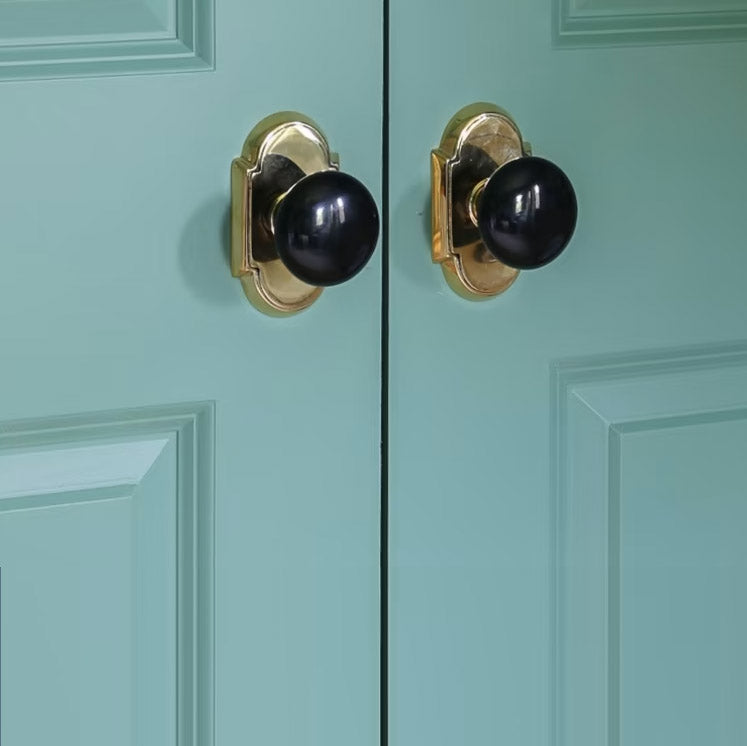
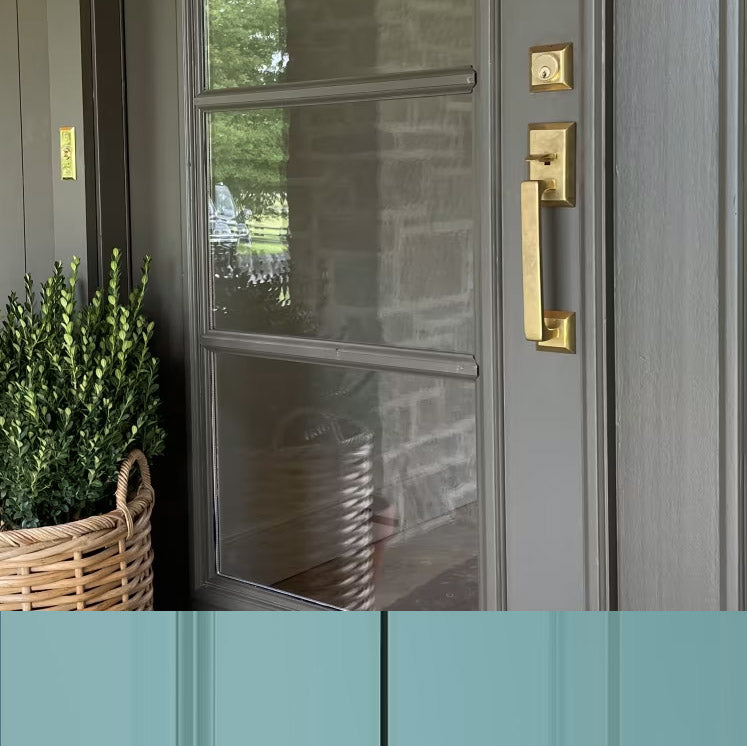
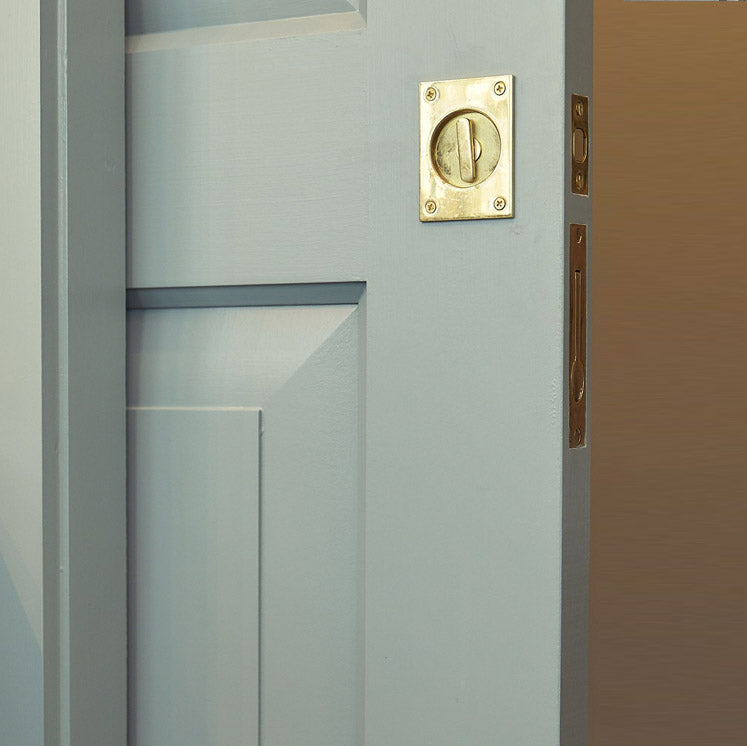



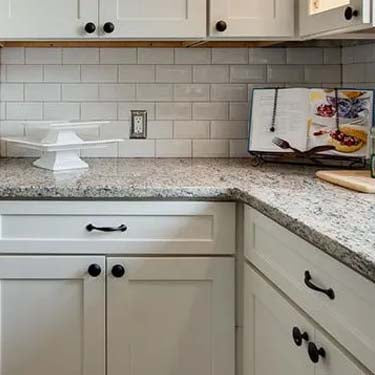


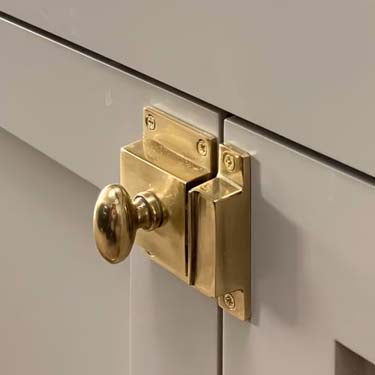




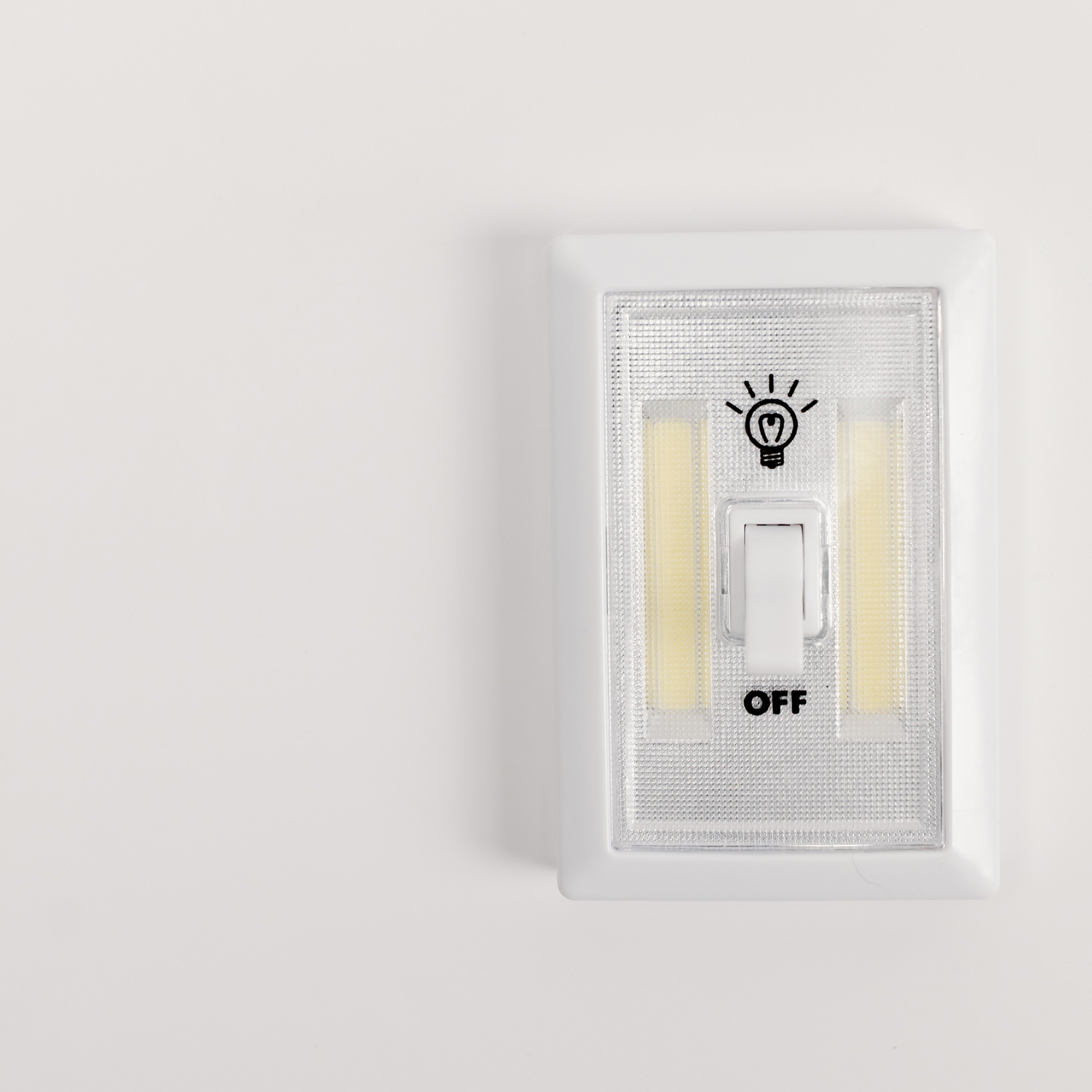



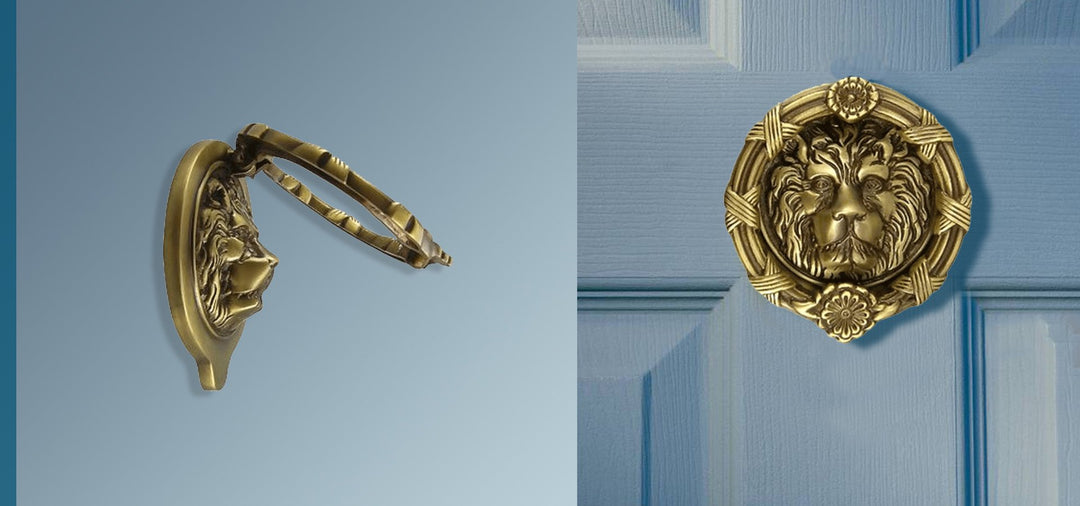
Leave a comment